
| Recorded by: Greg Walker on 2025-10-11
Forsyth Co.
Comment: | 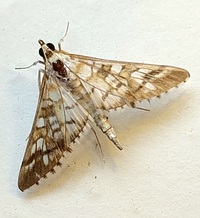
| Recorded by: Mark Basinger on 2025-10-02
Richmond Co.
Comment: |

| Recorded by: Michael P. Morales on 2025-09-11
Gaston Co.
Comment: | 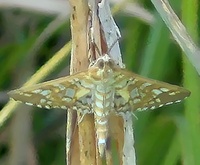
| Recorded by: Michael P. Morales on 2025-09-11
Gaston Co.
Comment: |

| Recorded by: Michael P. Morales on 2025-09-11
Gaston Co.
Comment: | 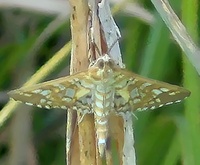
| Recorded by: Michael P. Morales on 2025-09-11
Gaston Co.
Comment: |

| Recorded by: Michael P. Morales on 2025-09-11
Gaston Co.
Comment: | 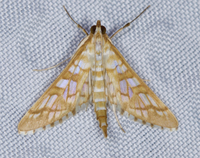
| Recorded by: Jim Petranka, Mark Basinger and Becky Elkin on 2025-08-29
Richmond Co.
Comment: |

| Recorded by: Mark Basinger on 2025-08-26
Wilson Co.
Comment: | 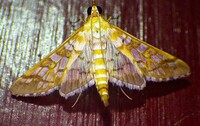
| Recorded by: Ken Kneidel on 2025-08-02
Mecklenburg Co.
Comment: |

| Recorded by: Mark Basinger on 2024-09-12
Wilson Co.
Comment: | 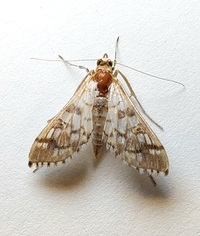
| Recorded by: Mark Basinger on 2024-08-22
Wilson Co.
Comment: |

| Recorded by: David George on 2024-07-04
Chatham Co.
Comment: | 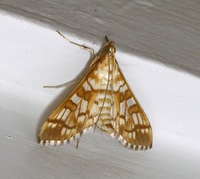
| Recorded by: Stephen Dunn on 2024-07-01
Orange Co.
Comment: |
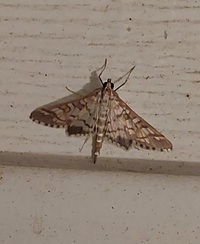
| Recorded by: Mark Basinger on 2023-10-13
Wilson Co.
Comment: | 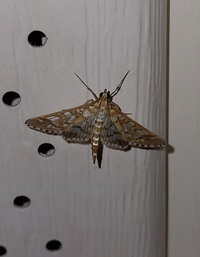
| Recorded by: Mark Basinger on 2023-09-24
Wilson Co.
Comment: |
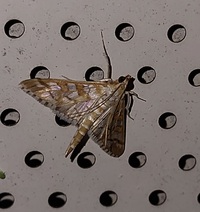
| Recorded by: Mark Basinger on 2023-09-19
Wilson Co.
Comment: | 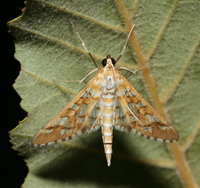
| Recorded by: David George, Stephen Dunn, Jeff Niznik on 2023-09-15
Orange Co.
Comment: |
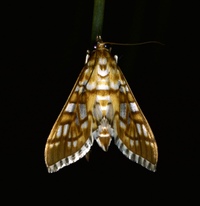
| Recorded by: Stephen Dunn on 2023-09-08
Orange Co.
Comment: | 
| Recorded by: Andrew W. Jones on 2023-09-07
Polk Co.
Comment: |
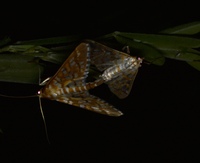
| Recorded by: Stephen Dunn on 2023-08-19
Orange Co.
Comment: | 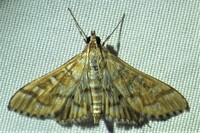
| Recorded by: Dean Furbish on 2022-10-30
Wake Co.
Comment: |
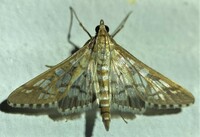
| Recorded by: Dean Furbish on 2022-10-01
Wake Co.
Comment: | 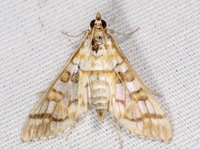
| Recorded by: John Petranka on 2022-09-26
Orange Co.
Comment: |
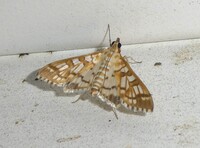
| Recorded by: Simpson Eason on 2022-09-21
Durham Co.
Comment: | 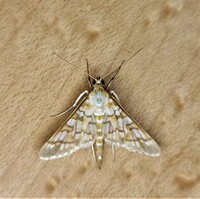
| Recorded by: Gary Maness on 2022-07-18
Guilford Co.
Comment: |
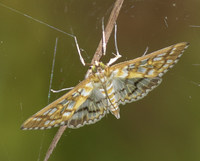
| Recorded by: John Petranka on 2022-06-22
Durham Co.
Comment: | 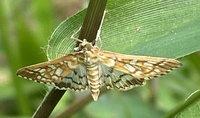
| Recorded by: David George, Becky Watkins on 2022-06-13
Durham Co.
Comment: |
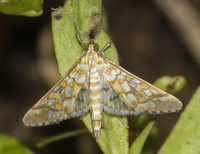
| Recorded by: John Petranka on 2021-09-10
Orange Co.
Comment: | 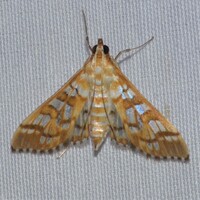
| Recorded by: Jeff Niznik on 2021-09-06
Wake Co.
Comment: |
|

 »
»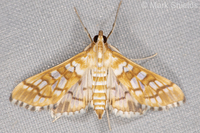




 »
»


